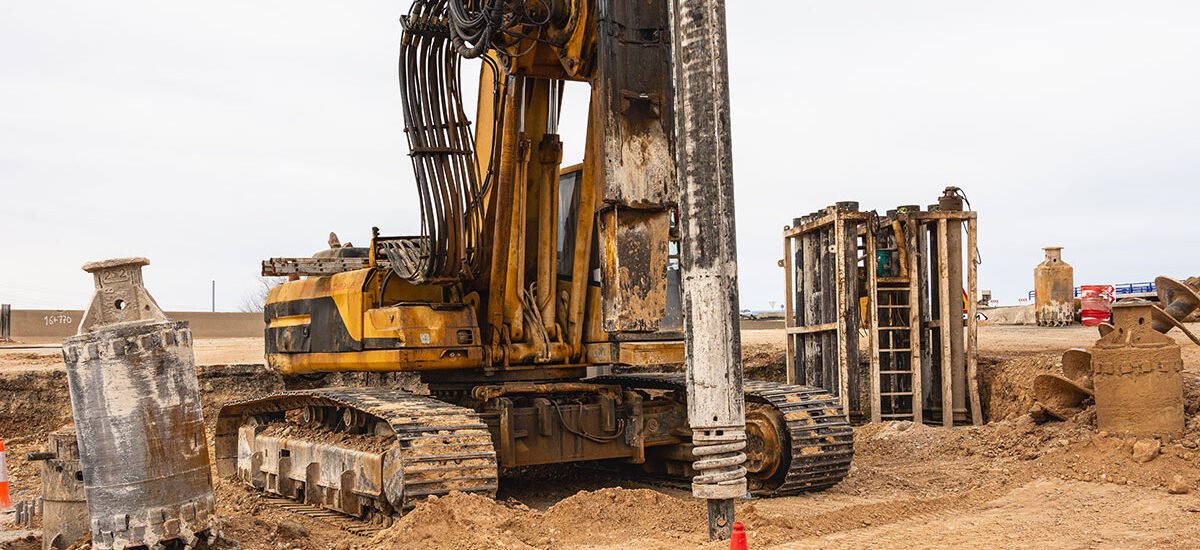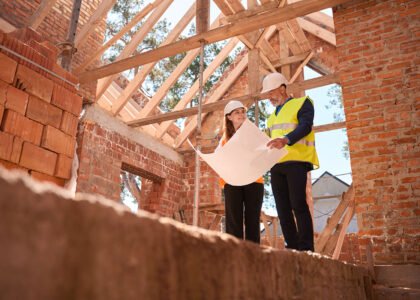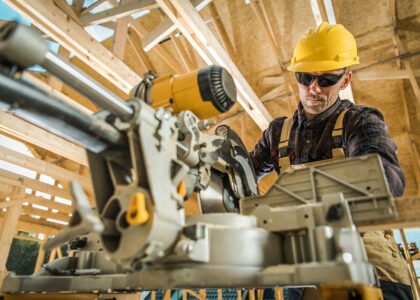🏗️ Modern Techniques for Building Homes in the UK
Innovative, Compliant, and Future-Ready Construction Methods
The UK homebuilding industry is evolving rapidly, embracing innovation to meet the demands of modern living, environmental targets, and updated building regulations. Whether you’re a homeowner, developer, or self-builder, understanding today’s modern construction techniques is essential for building smarter, faster, and greener homes.
Here’s a look at some of the most prominent modern techniques for homebuilding in the UK:
🧱 1. Modern Methods of Construction (MMC)
The UK government actively encourages MMC to improve construction speed, quality, and environmental impact. This umbrella term includes off-site manufacturing, modular homes, and panelised systems.
Key MMC Systems:
- Volumetric Modular Construction: Entire rooms or modules built off-site and assembled on location.
- Panelised Systems: Walls and floors are built in a factory and assembled on-site.
UK Benefits:
✔️ Faster build times
✔️ Consistent quality
✔️ Reduced site disruption
✔️ Supports targets in the Future Homes Standard (coming 2025)
🧱 2. Structural Insulated Panels (SIPs)
SIPs are pre-insulated wall and roof panels that offer excellent thermal performance and airtightness—key factors in meeting Part L of the Building Regulations (energy efficiency).
Advantages in UK Climate:
- Outstanding insulation (low U-values)
- Speeds up envelope construction
- Works well with low-carbon heating systems
- Reduces cold bridging
🌱 3. Passivhaus (Passive House) Design
Originating in Germany but increasingly adopted in the UK, Passivhaus focuses on ultra-low energy homes. While not mandatory, it’s often used for high-performance self-builds or eco-developments.
Passivhaus Features:
- Triple-glazed windows
- MVHR (Mechanical Ventilation with Heat Recovery)
- Airtight construction
- Super-insulation
Benefit:
Meets or exceeds UK Net Zero housing goals.
🧱 4. Insulated Concrete Formwork (ICF)
ICF is gaining popularity in the UK for building highly insulated and durable homes. It uses hollow polystyrene blocks filled with concrete.
UK-Specific Benefits:
- Ideal for flood-risk areas (increasingly relevant in the UK)
- Excellent thermal mass for energy efficiency
- Fire and sound resistant
- Compliant with Building Regulations: Part A (Structure) and Part L (Energy)
🌐 5. Smart Home-Ready Construction
New builds in the UK increasingly integrate smart tech, which complements modern energy-efficient building practices.
Common UK Installations:
- Smart thermostats (like Hive, Nest – useful for EPC ratings)
- Solar PV systems with home battery storage
- Electric vehicle charging points (now required in many new builds under Part S)
💧 6. Water Efficiency & Sustainable Drainage (SuDS)
UK homes are now expected to incorporate sustainable drainage systems and water-efficient appliances, especially in areas prone to flooding or water shortages.
UK Compliance:
- Water flow restrictors
- SuDS-compliant landscaping
- Greywater recycling systems
- Required under Building Regs Part H and encouraged in planning policies
🛠️ 7. Pre-Fabrication & Off-Site Construction
Backed by initiatives like Homes England, pre-fab building techniques help tackle the UK housing shortage by delivering faster, high-quality homes.
Common Uses in UK Projects:
- Timber frame homes
- Steel-framed modular homes
- Pre-cast concrete floors and stairs
🔚 Conclusion: Building Smarter, Not Just Stronger
Modern homebuilding in the UK is no longer just about bricks and mortar. It’s about efficiency, sustainability, and meeting stringent building standards while delivering quality homes that meet future needs. At AP Builders Ltd, we stay ahead of the curve—blending innovation with traditional craftsmanship.






